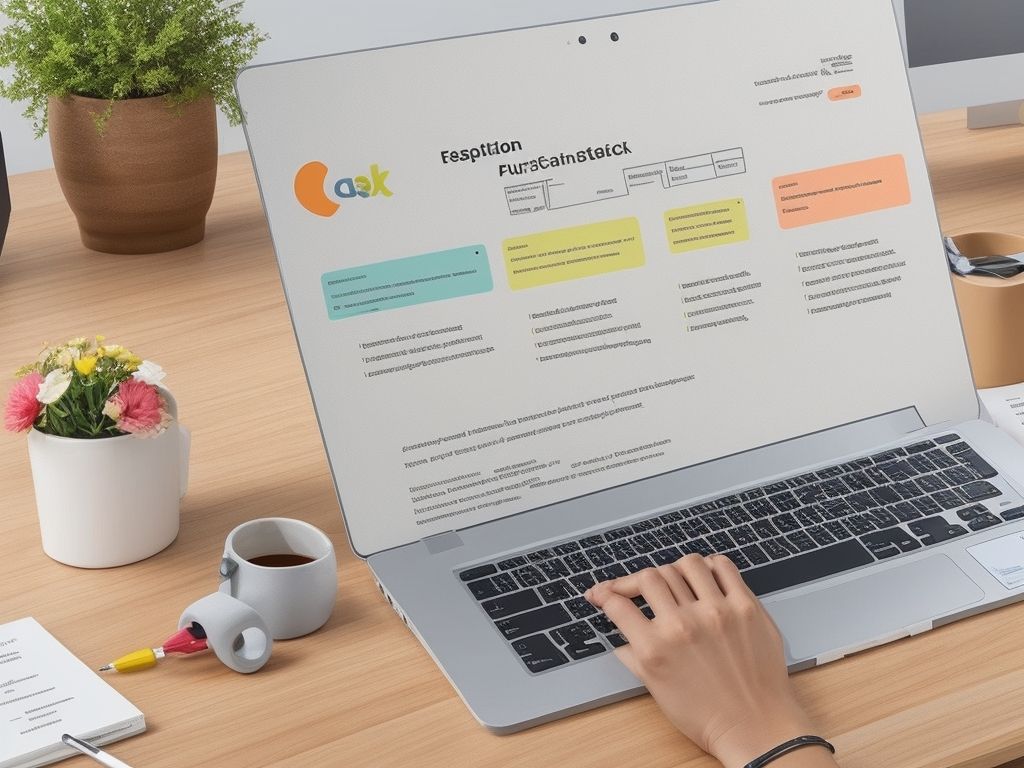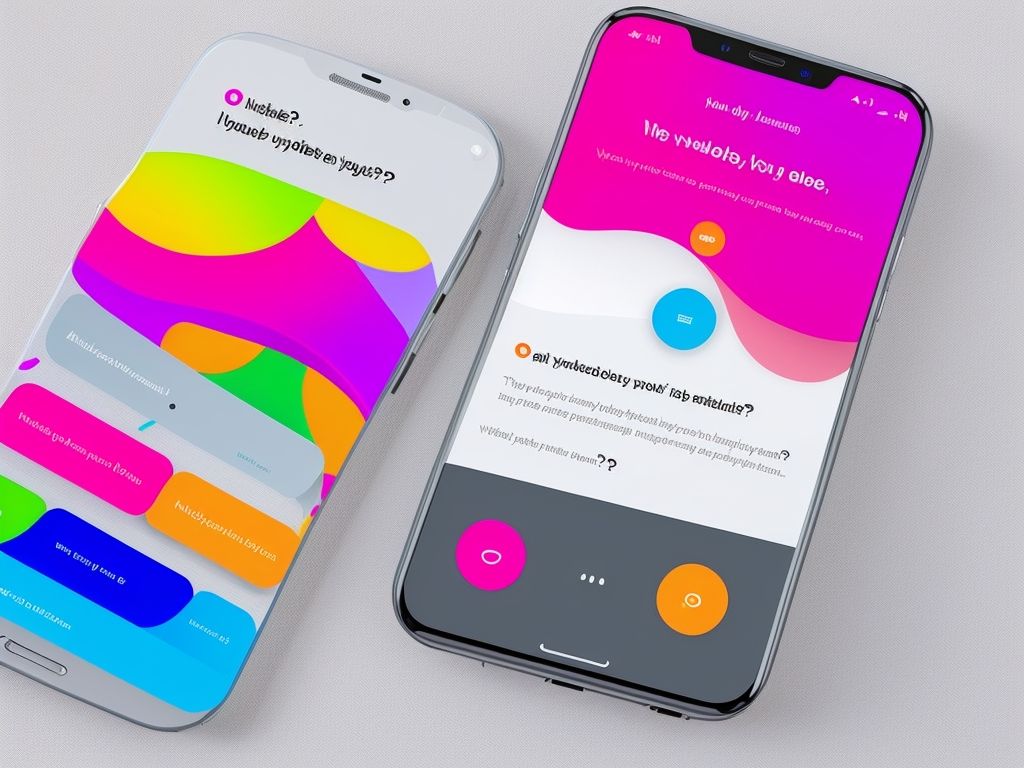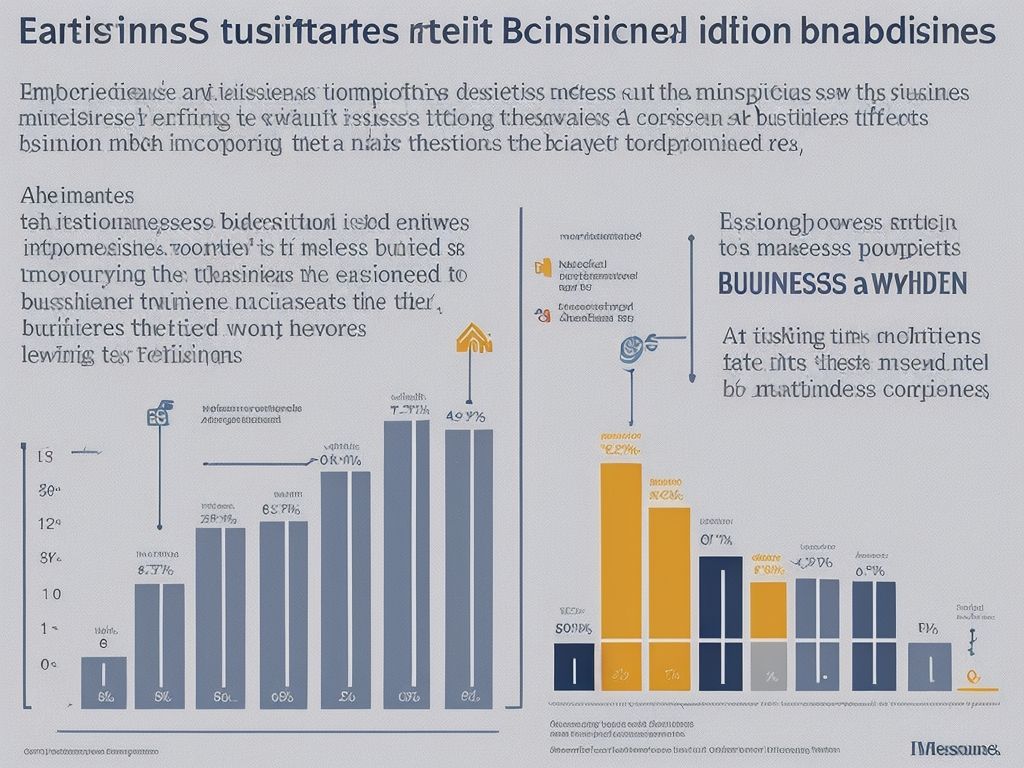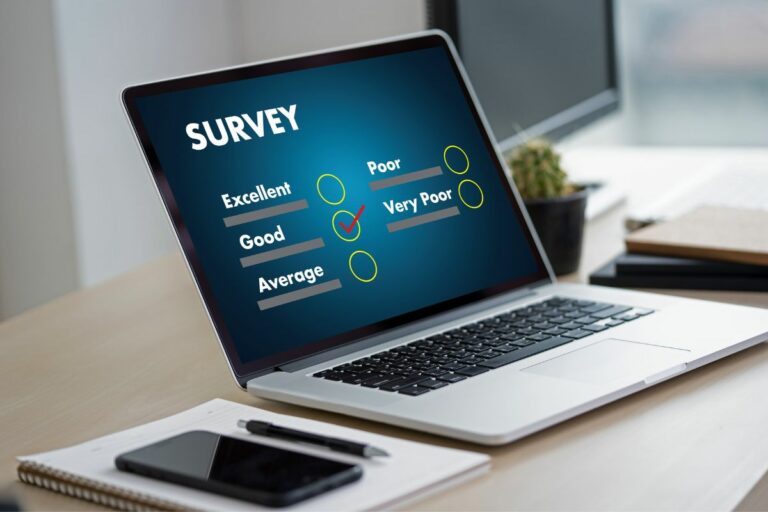Optimizing Feedback with Customer Surveys
When it comes to business, gaining customer feedback is important. It can help you understand the needs and wants of your target audience. Surveys are a great way to do this! They provide companies with quantitative and qualitative data. This can be used to track trends and improve customer satisfaction.
To get the most out of these surveys, there are a few things to consider:
- Keep the questions short and simple. Customers are more likely to respond if it’s easy to complete.
- Ask focused questions. This will provide you with focused feedback that can guide targeted improvements.
- Offer incentives. This can motivate customers to take part in the survey.
- Share results. This shows customers that their opinion matters and demonstrates transparency.
Importance of Feedback in Business
Feedback is a must for any business. It helps businesses get insights from customers. It lets them know what to improve and how to better meet customer needs.
Today, customer feedback is a key factor in staying ahead of the competition. It reveals customer preferences and expectations. This helps companies tailor their offers for greater satisfaction and loyalty.
Also, feedback is important for business growth. It helps businesses review their performance, streamline processes, and reduce costs. Companies can make data-driven decisions based on customer feedback.
One famous example is Apple Inc. In 1997, Steve Jobs returned to Apple as CEO and knew he had to reboot the product line. By doing market research and surveys, Apple gathered feedback on tech devices. This led to the invention of products like iPod, iPhone, and iPad, which changed the tech industry.
Benefits of Customer Surveys for Feedback Optimization
Customer surveys are a key part of getting feedback for businesses. They provide useful information and help companies to understand their customers.
- Better Customer Satisfaction: Surveys let businesses get opinions from customers, so they can deal with any worries or issues quickly. This increases customer satisfaction.
- Finding Areas to Improve: Surveys help businesses work out which areas need to be better and change them. This helps make products or services better quality.
- Better Choices: Surveys give businesses data-based insights, letting them make wise decisions with no guesswork. This makes sure strategies and actions match customer needs.
- More Customer Loyalty: Asking customers for feedback through surveys shows the company is serious about satisfying them. This results in stronger relationships and more customer loyalty.
But surveys also let companies find new trends, get an edge over rivals, and measure the success of changes.
For improving customer surveys:
- Keep surveys short and simple to get more people to take part.
- Use multiple-choice questions for easier analysis.
- Give rewards or incentives as thanks for taking part.
- Act on feedback quickly and tell customers what changes you made.
If businesses do this, they can get the most from customer surveys. This leads to higher customer satisfaction, more loyalty, and better decision-making.
Designing Effective Customer Surveys
Designing a successful customer survey requires taking many elements into account. Firstly, you need to know what info you want to collect. Secondly, make sure the survey looks nice and is easy to use. Here are some more key points:
| 1. Clear Objectives | Set goals that match your desired outcomes. |
| 2. Short and Concise | Keep it short or people won’t finish. |
| 3. Well-Structured Questions | Questions must be easy to understand. Don’t use jargon. |
| 4. Single-Focus Questions | One question per item. Otherwise, responses will be inaccurate. |
| 5. Balanced Response Options | Provide a balanced scale to get detailed feedback (e.g. Likert). |
| 6. Consideration of Timing | Choose the best time for distribution. Don’t interfere with the customer experience. |
Improve the survey further by using skip logic (so people don’t have to answer questions that don’t apply to them). Plus, include open-ended questions to get qualitative insights.
Make it worth people’s while to participate by offering incentives, like a prize or exclusive access to new products or services. With this approach, you can gather valuable customer feedback and make meaningful changes to improve the customer experience. Don’t miss out – take action today!
Administering Customer Surveys
Surveying customers accurately is vital. Crafting clear, concise questions is important to capture the customer experience. Rating scales and open-ended questions can provide insights into customer satisfaction and areas of improvement.
Administering Customer Surveys:
- Survey Design: High importance
- Distribution Methods: Medium importance
- Data Analysis: High importance
Choosing appropriate distribution methods is essential for reaching customers. Online platforms, email surveys, or in-person interactions will give feedback from different demographics. A strategic approach to distribution will ensure a higher response rate.
Data analysis techniques are important for extracting insights from survey responses. Employing statistical tools and visualizations can show trends, patterns, and correlations. This analysis gives valuable info to drive decision-making and improve customer satisfaction.
Suggestions:
- Personalize surveys – Tailor them to customers’ experiences and preferences.
- Keep surveys short – Minimize length for higher response rates.
- Offer incentives – Discounts or rewards will encourage customers to take part.
Personalizing surveys gives customers value and relevant feedback. Shorter surveys respect customers’ time, plus offer incentives for higher response rates. This will create motivation and broaden the dataset.
Analyzing and Interpreting Survey Data
Analyzing and interpreting survey data is key to uncovering insights hidden in the responses. Examining the data closely reveals patterns and trends that provide a comprehensive understanding of customers’ opinions and preferences.
The table above highlights different areas of customer satisfaction, giving businesses a snapshot of people’s feedback. This information is very important for them to evaluate their performance.
It’s also essential to analyze consumer feedback for specific products and services. Finding common themes or pain points helps companies address these issues and improve customer experience. Segmenting data based on demographics or purchase history gives valuable insights into customer preferences.
Advanced tools and techniques are needed to maximize survey analysis. Sentiment analysis can determine the sentiment associated with certain products or aspects of customer service. Text mining discovers hidden patterns within textual responses, giving a deeper understanding of customers’ thoughts.
Analyzing and interpreting survey data gives businesses the power to make informed decisions. This valuable resource can help them deliver exceptional experiences and stay ahead of competitors. So let us unlock the knowledge that customer surveys offer and make the most of it!
Using Feedback to Drive Improvement
Gathering feedback from customers is key for any business. It helps you to learn what they think about your product or service and locate improvement opportunities. Utilizing customer surveys is a great way to do this. Here’s how:
- Surveys provide direct feedback: Ask tailored questions to obtain direct feedback from your customers. This can help you learn their needs, likes, and pain points to make informed decisions.
- Identify trends: Analyzing survey responses reveals trends and patterns that may have gone unnoticed. For example, if many customers mention a specific issue, it’s clear that it needs to be addressed.
- Measure customer satisfaction: Use rating scales or likert-type questions to assign numerical values to customer sentiment. This allows you to track changes over time and compare them to industry standards.
Moreover, customer surveys can let businesses find unique details related to their offerings. These insights go deeper than usual trends and provide actionable information.
When conducting surveys, it’s best to:
- Keep them brief and to the point: Shorter surveys are more likely to get completed.
- Use multiple question types: Different question types can capture a wider range of customer opinions.
- Offer incentives: Offering discounts or content can boost response rates and give you more data to analyze.
By using customer surveys as a tool for improvement, businesses can create positive change and improve the customer experience.
Conclusion
Optimizing customer feedback is key for companies to survive in today’s competitive market. Surveys provide valuable insights to improve services and products that meet the needs of their target audience.
Surveys help companies understand customer experiences, satisfaction, and areas for improvement. It allows businesses to make decisions and change things to enhance customer experience.
Also, customer surveys help businesses find trends and data to spot customer journey issues. By fixing these quickly, companies can increase customer satisfaction and loyalty, leading to more money and growth.
One example of the power of optimization through customer surveys is a leading e-commerce company. With surveys, they saw customers were unhappy with delivery time. Knowing how important prompt service is, they worked with local delivery services to update their logistics. This improved customer satisfaction ratings and repeat purchases.
Frequently Asked Questions
Q: Why is optimizing feedback important for businesses?
A: Optimizing feedback is crucial for businesses as it helps them understand customer satisfaction levels, identify areas for improvement, and make data-driven decisions to enhance their products or services. It allows businesses to align with customer needs and enhance overall customer experience and loyalty.
Q: What are customer surveys and how can they optimize feedback?
A: Customer surveys are structured questionnaires designed to gather customer feedback and opinions about a business’s products, services, or overall experience. By conducting customer surveys, businesses can collect valuable feedback, identify patterns, and gain insights into customer preferences and expectations. This information can be used to optimize various aspects of the business and enhance customer satisfaction.
Q: How can businesses encourage higher survey response rates?
A: To encourage higher survey response rates, businesses can offer incentives such as discounts, rewards, or entry into sweepstakes for survey participants. Additionally, keeping surveys short and focused, ensuring an easy and convenient survey completion process, and clearly communicating the value and purpose of the survey can also help increase response rates.
Q: What are some best practices for designing effective customer surveys?
A: When designing customer surveys, it is essential to keep them concise, relevant, and easy to understand. Using clear and unbiased questions, employing a mix of question types (multiple choice, ratings, open-ended), and avoiding leading or ambiguous questions can improve survey effectiveness. Additionally, properly segmenting survey recipients based on relevant demographics or transactional data can help tailor surveys for more accurate feedback.
Q: How can businesses ensure actionable insights from customer survey data?
A: To ensure actionable insights, businesses should analyze survey data effectively. This involves summarizing and visualizing the data using charts or graphs, identifying trends or patterns, and segmenting data based on key variables. It is also crucial to compare survey responses to business goals or benchmarks and prioritize areas requiring improvement based on customer feedback.
Q: How often should businesses conduct customer surveys?
A: The frequency of customer surveys may vary based on the business’s nature and customer base. However, regular surveys help monitor customer satisfaction and track changes over time. Depending on industry standards and customer interaction frequency, businesses can conduct surveys quarterly, semi-annually, or annually. In some cases, businesses might also conduct surveys after specific customer interactions, such as purchases or support interactions.
- University of Massachusetts Amherst Polls: Analyzing Voter Behavior in Massachusetts - January 5, 2025
- Polling Insights from University of Massachusetts Lowell: A Close Look at Voter Shifts - January 5, 2025
- University of New Hampshire Polls: Analyzing Key Presidential Primary Data - January 5, 2025











